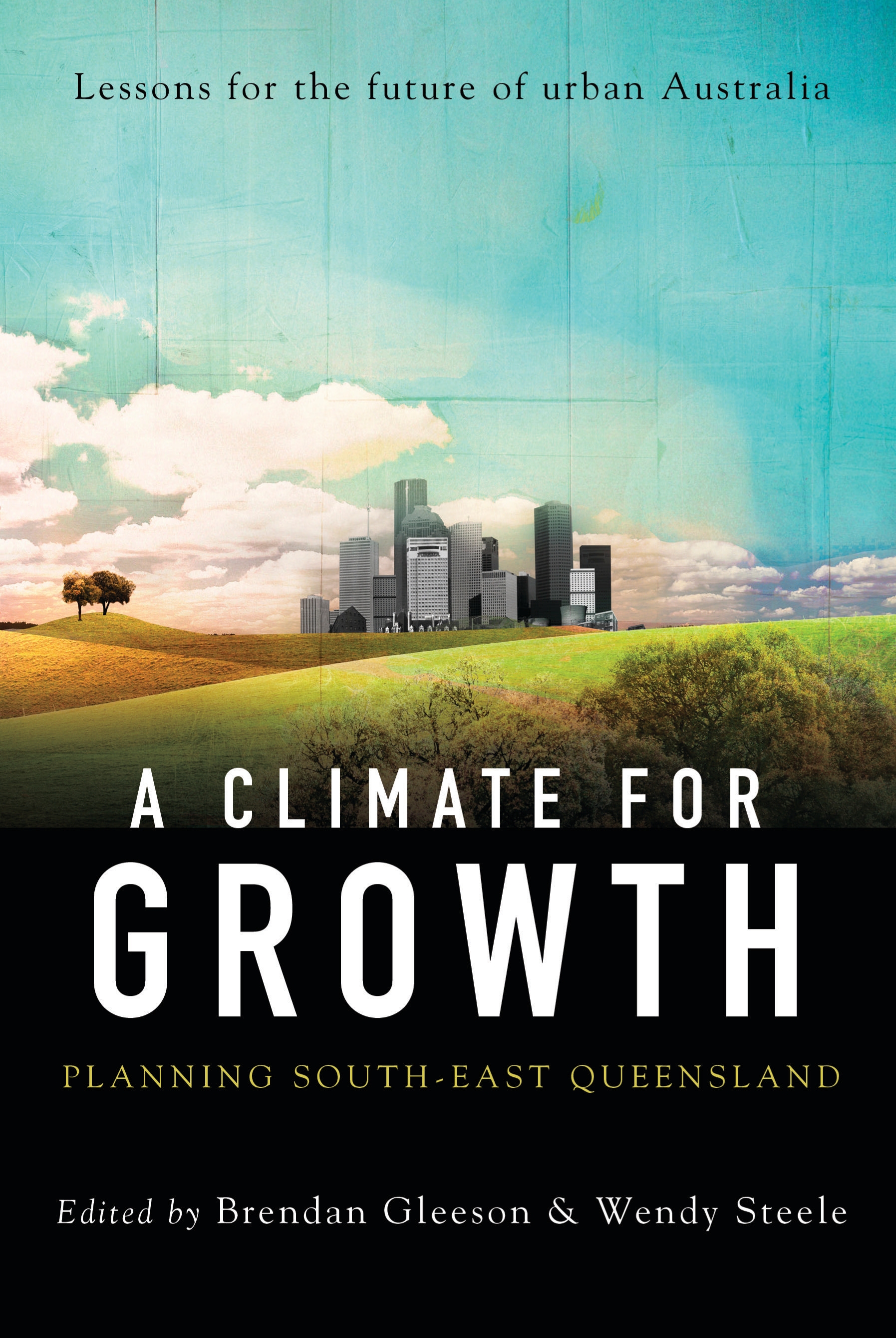A discussion to categorise the 3 panels ensued after tutorial 5, where we received feedback based on our original drafts [link1, link2, link3]. Some points to take note was that we had to organise our panels in such a way that words alone do not clutter the whole presentation and decided that some are best left written on the blog. However, some feedback from the tutor as well as the outcome of the discussion from the group are some critical points that have been carried through to our final assessment panels and statement:
- specific architectural speculation and hypothesis
- architectural strategies and possibilities
- using existing systems to integrate
- incorporating physical elements
- viability of using a platform to "share" identity
- regional collaboration leading to a mobile exhibition "to move around"
- integrate parliamentary services
- combined to create a hybrid form of transport to service the population
- engaging parliament for Australia as a nation
Following are some draft panel works.
Panel 1 [link to previous draft] is a progression of illustrated sketch ideas that first comes to mind what it means to either be Flexible, Distributed, Virtual and Mobile in parliament today. Two motivating factors in the formation (& eventually finalisation) of ideas were "recognition" and "representation" between the current parliament system and general population. In our chosen strategy of Mobile, we deduced that there is still a correlation between all the other 3 (Flexible, Distributed, Virtual), and that they're not formally separate, or independent. "I believe the move is more in the direction of soft-technologies, invisible technologies and I think the direction we see things going today... well it is more through biology." Lewis 2004.
For those who are reading this with no background information on why the terms "Flexible, Distributed, Virtual and Mobile" are used, these are strategies presented to us by the tutor as a way to jump-start & form ideas at this conceptual stage of designing for a hypothetical Australia capital city of the future. As a matter of fact, this stage of the design is not even conceptual - it is the stage before conceptual.
Reference: Duncan, Lewis. 2004. "Duncan Lewis Scape Architecture + Block" In Sociopolis: Project for a City of the Future, edited by Vincent Guallart, 128-143. Barcelona: Actar and Architekturzentrum Wien.
Panel 2 [link to previous draft] translates the scenarios into illustrations for easier comprehension of portraying the strengths and weaknesses of existing infrastructure. The illustrations further elaborated by building upon existing infrastructure systems to provide a more efficient service that is able to function objectively at targeted communities. In our case, our vision is to provide "access" to communities in remote places whom are not given the opportunity the selection of network and services for them to be in tuned with the rest of the urbanised nation. This should be seen as a way to close the ever-growing gap between the urbanised and isolated areas of Australia.
Panel 3 [link to previous draft] builds upon the strategical ideas formulated from Panel 1 and the presence of infrastructure researched from Panel 2. It serves to create a "platform" that will enable the vision to be put across in a much more effective manner. In Australia's ever increasing loss of national identity in a globalised world, and the need to manage the inconsistencies of population densities, our architectural identity and presence is through a "program" and/or architectural design innovation that sense and responds organically. It is literally a mobile platform that goes into the heart of these isolated communities to create a sense of belonging and ownership for these people through their individual participation. The genius loci is subsequently maintained giving them a sense of place, long after the "program" has left the grounds. It becomes a form of manifestation that leaves an imprint into the mind, body and spirit of the community.
Outcome
The outcome, is a vision for a mobile entity in the form of a mobile exhibition like an expo, that goes into the heart of the regional communities. This is speculated to translate into a national initiative that metamorphosis itself into the characteristics envisioned of/for the hypothetical Australian capital city.
~ H






























